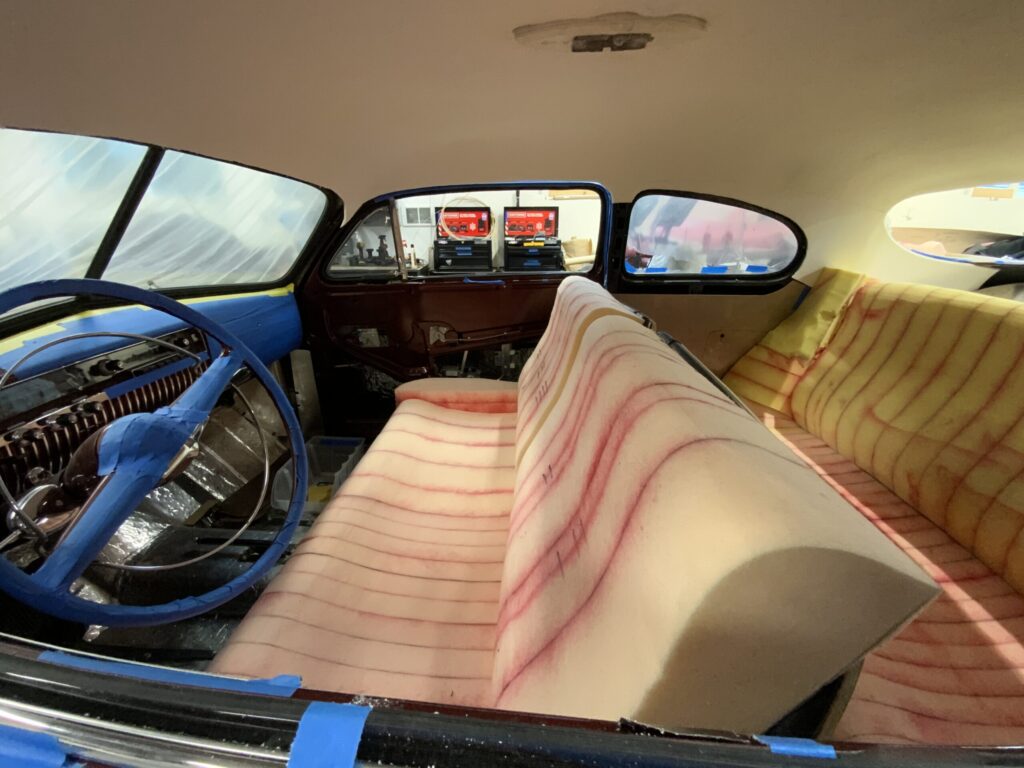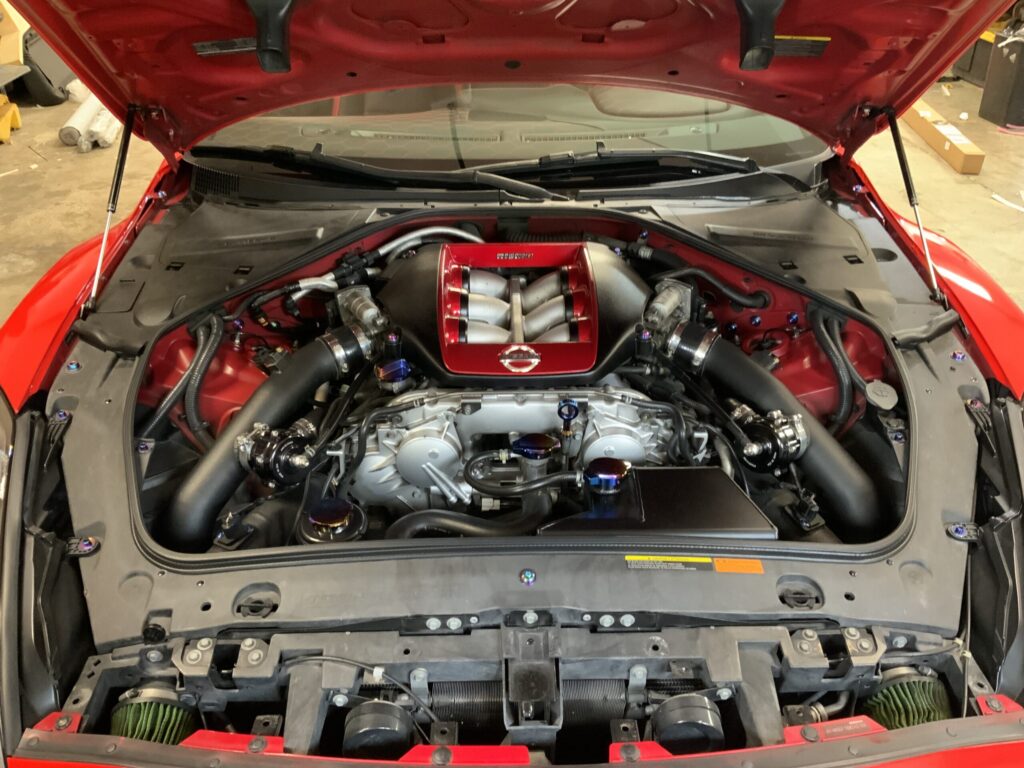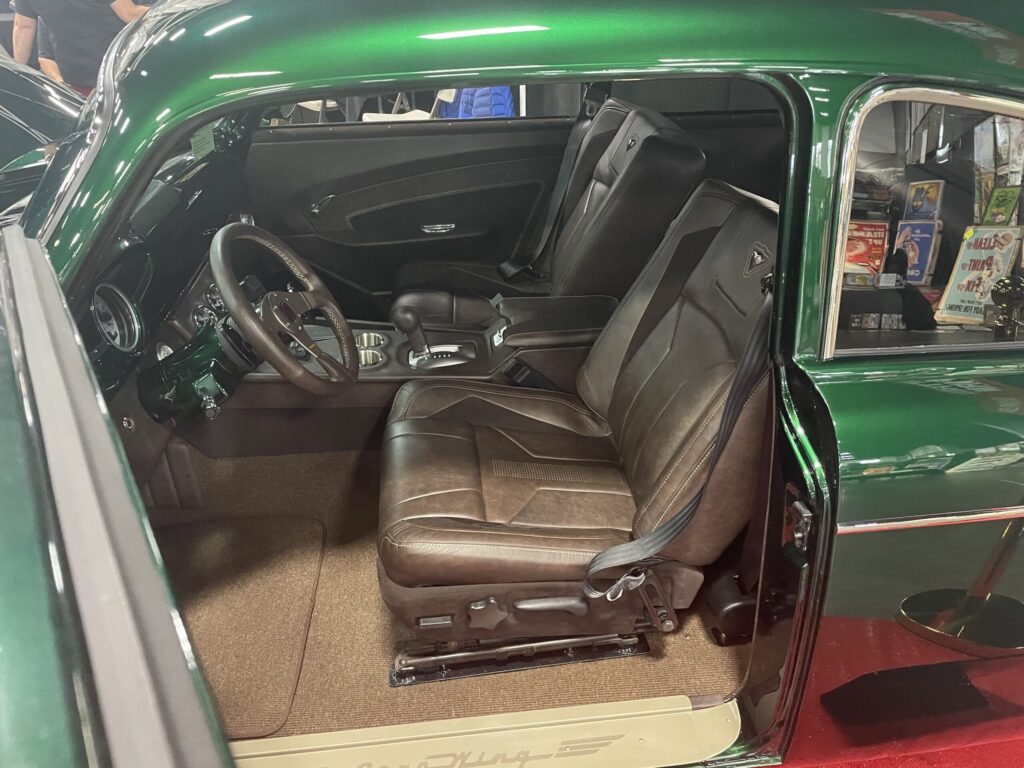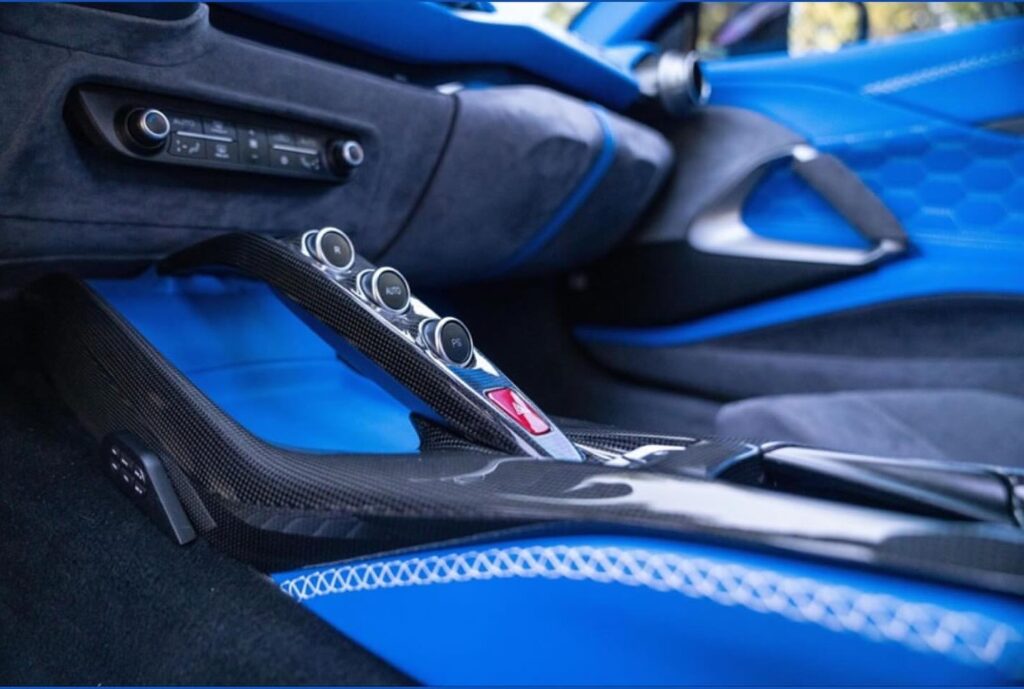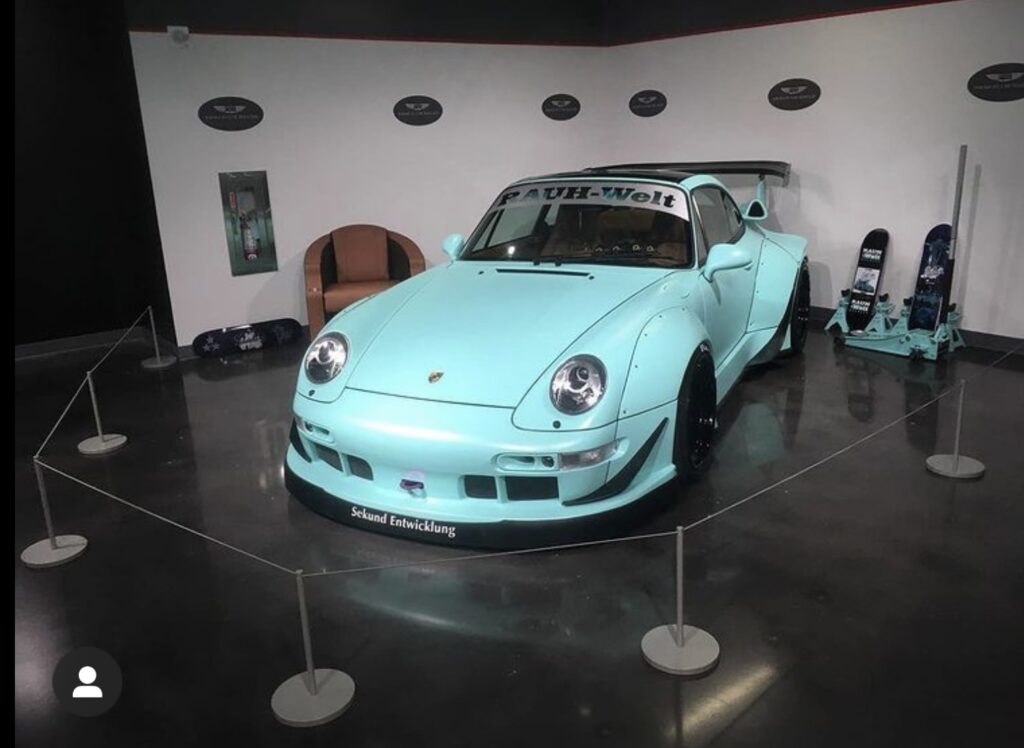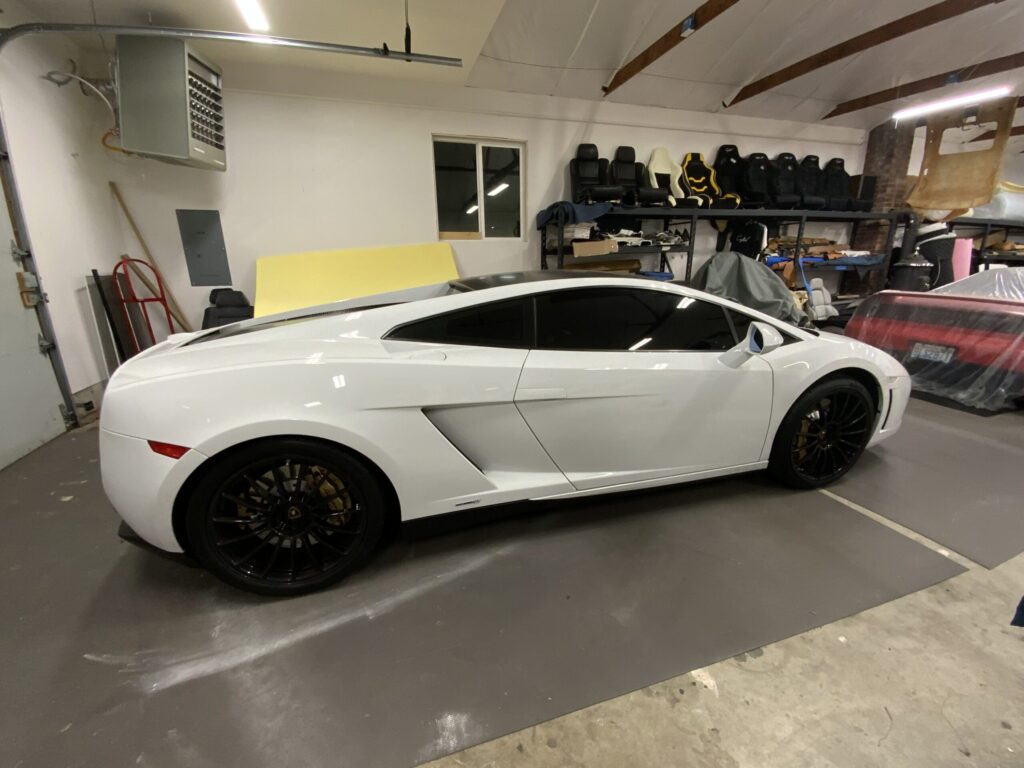An automotive interior designer plays a key role in crafting a space that balances luxury, comfort, and functionality. From high-end materials to advanced technology, modern vehicle interiors are designed to enhance the driving experience while reflecting personal style. As trends shift toward sustainability, smart connectivity, and ergonomic design, the role of an automotive interior designer has never been more important.
Top 8 Luxury Trends in Automotive Interior Design
Automotive interior design has evolved significantly, with luxury trends shaping the way vehicles are crafted. A high-end automobile is more than just an exterior statement; the interior reflects craftsmanship, comfort, and advanced technology. Here are the key trends redefining automotive interiors today.
1. Premium Materials and Exceptional Craftsmanship
Luxury automotive interiors prioritize premium materials that enhance aesthetics and durability. Designers integrate natural leather, sustainable wood, carbon fiber, and brushed metals to create refined and sophisticated cabin environments. Every texture and finish is chosen to elevate the experience, ensuring that the materials not only look good but also perform well. The careful selection of textures—whether it’s the soft touch of natural leather or the smooth finish of woven textiles—adds to the feeling of opulence, contributing to both visual and tactile satisfaction.
Attention to detail in the construction process, such as intricate stitching, embossed patterns, and custom finishes, further elevate the cabin experience. It’s this meticulous craftsmanship that distinguishes luxury interiors and brings them to life, ensuring that each surface feels as well-crafted as it looks. An automotive interior designer ensures that every element aligns with both functionality and aesthetics, keeping the overall design vision intact.
2. Ergonomics and Unparalleled Comfort
A well-designed automotive interior ensures maximum comfort through ergonomics. Adjustable seats with memory functions, heated and ventilated surfaces, and lumbar support improve the driving experience. The thoughtful design of the seating, complemented by carefully selected materials, ensures that the interior environment remains inviting and supportive for long journeys. Comfort-driven materials like plush fabrics and rich leather offer a tactile sensation of luxury, transforming the driving experience.
The comfort and functionality of a vehicle’s interior rely heavily on how the materials interact with the body. Ergonomically designed seats, crafted interior from premium materials, provide the perfect combination of support and relaxation, contributing to the overall well-being of both driver and passengers. An automotive interior designer is crucial in selecting the right mix of materials that enhance comfort and usability.
3. Seamless Technology Integration
Modern vehicles incorporate cutting-edge technology into the interior seamlessly. Touchscreen interfaces, voice-activated controls, and AI-driven personalization allow drivers to stay connected without distraction. Features like augmented reality displays and advanced infotainment systems redefine convenience and engagement. However, these innovations go hand in hand with luxury materials, where soft-touch surfaces, responsive buttons, and tactile interfaces are meticulously integrated into the seating and trim areas.
When luxury materials like soft leather and fine textiles are used alongside technology, they enhance not only the aesthetic appeal but also the tactile and ergonomic interaction, ensuring that every touchpoint is a pleasure. The role of an automotive interior designer is essential in blending the latest technology with the chosen materials to create a cohesive and luxurious interior environment.
4. Sustainability and Eco-Friendly Innovation
Sustainability is a growing focus in automotive interior design. Many manufacturers use recycled and eco-friendly materials, such as vegan leather and bio-based fabrics. The shift toward ethical sourcing and sustainable production methods aligns with consumer expectations for environmentally responsible designs. Luxury brands have embraced these materials, ensuring that sustainability doesn’t mean compromising on luxury.
Incorporating such materials allows for elegant, eco-conscious interiors that prioritize both aesthetics and environmental responsibility. With innovations in plant-based textiles, recycled synthetics, and biodegradable leathers, the interior design world is evolving to meet the future while keeping luxury at the forefront. An automotive interior designer plays a key role in identifying the best sustainable options that align with the vehicle’s luxury image.
5. Personalization for a Unique Experience
Customization options enable owners to tailor interiors to their preferences. From bespoke color schemes to individualized stitching and engraved nameplates, personal touches make vehicles truly unique. High-end brands offer limitless customization, allowing clients to choose the perfect combination of materials, textures, and finishes. These personalized elements are crucial in creating a unique environment that reflects individual tastes and styles.
Bespoke seating and interior features designed with the finest materials allow owners to express their personality through their vehicles. Whether it’s a special stitching design, a personalized color palette, or an exclusive trim, luxury interior design enables an unparalleled level of customization, ensuring that every detail resonates with the owner’s desires. The automotive interior designer is responsible for guiding this process, ensuring that every customization adds value to the overall design.
6. Ambient Lighting and Mood Enhancement
Innovative ambient lighting solutions elevate the driving experience. Adjustable LED mood lighting allows drivers to set the atmosphere inside the cabin. Dynamic lighting features that change based on driving conditions contribute to a more immersive experience. The integration of soft, ambient lighting with luxury materials enhances the interior’s mood, softening the cabin and creating a welcoming space.
Subtle lighting can illuminate high-quality materials like fine leather or velvet seating, highlighting their textures and colors. The marriage of lighting and material choice results in an atmosphere that is both inviting and sophisticated, adding a layer of depth and luxury. An automotive interior designer understands how to harmonize lighting with materials to evoke the right emotions in the driver and passengers.
7. Emotional Connection Through Design
An automotive interior should evoke emotion and enhance the overall experience. Soft-touch materials, thoughtful layouts, and sensory-driven design elements help establish a connection between the driver and the vehicle. The aim is to create an inviting space that fosters relaxation and enjoyment. The materials used—whether plush fabric, tactile leather, or smooth wood—create an emotional atmosphere where drivers and passengers feel at ease.
It’s the sensory appeal of the materials that forms a connection with the driver, making each journey a more enjoyable experience. The interplay of texture, color, and warmth transforms the interior into a space where every moment feels special. An automotive interior designer is adept at creating these connections through material selection and design aesthetics.
8. Integration of Electric and Hybrid Advancements
As electric and hybrid vehicles gain popularity, interior designs are adapting to these advancements. The absence of a traditional engine allows for spacious layouts, reimagined dashboards, and innovative storage solutions. Digital interfaces and minimalist cockpit designs complement the future of sustainable transportation.
This shift enables the introduction of new materials and finishes, such as lighter, more sustainable alternatives that integrate seamlessly with futuristic designs. In such spaces, every detail—from seat cushions to trim materials—can be reimagined to create a modern, eco-conscious atmosphere. The automotive interior designer has the opportunity to rethink traditional materials and create a sustainable yet luxurious experience.
Understanding the Role & Responsibilities of Automotive Interior Designers
An automotive interior designer is responsible for shaping the cabin space of a vehicle. They blend aesthetics with functionality, ensuring that comfort, ergonomics, and innovation align with brand identity. Their work influences everything from dashboard layouts to seat configurations and material selection.
Crafting the Interior Space
Designers conceptualize and develop layouts that maximize space utilization. The goal is to create an inviting and functional interior that enhances both driver and passenger experience. A key part of this role is selecting the ideal materials that support the intended design while providing both luxury and comfort.
Prioritizing Comfort and Ergonomics
Ensuring a comfortable ride is essential. Automotive interior designers focus on seat design, steering wheel positioning, and intuitive control placements to improve usability and relaxation. The materials chosen must contribute to the ergonomic functionality of the seats and ensure the perfect balance of comfort.
Achieving a Balance Between Aesthetics and Functionality
Striking the perfect balance between beauty and usability is key. Designers use color psychology, material selection, and lighting to create an appealing environment without compromising practicality. The automotive interior designer carefully considers how every material works within the overall interior environment.
Staying Ahead of Design Trends
Automotive interior designers must stay updated with the latest trends, from luxury materials to smart technology. Incorporating these trends ensures their designs remain competitive and innovative.
Understanding Consumer Preferences
Every vehicle has a target audience, and automotive interior designer must tailor interiors to meet consumer expectations. Whether designing for a luxury brand or an everyday commuter car, the design must align with the brand’s image.
Collaborating with Engineering and Manufacturing Teams
Automotive interior designers work closely with engineers and production teams to ensure feasibility. Their concepts must be transformed into practical, manufacturable solutions without losing the artistic vision.
Essential Skills and Qualities of an Automotive Interior Designer
Expertise in Visual Expression
- Ability to create detailed sketches, 3D models, and physical prototypes.
- Strong visualization skills to communicate design concepts effectively.
Strong Communication and Collaboration
- Ability to articulate design ideas to stakeholders, engineers, and manufacturers.
- Working efficiently within multidisciplinary teams to bring concepts to life.
Knowledge of Art, Culture, and Technology
- Understanding of artistic principles, cultural influences, and technological advancements.
- Awareness of emerging trends in automotive design and consumer preferences.
Attention to Aesthetic Harmony
- Ability to design visually appealing interiors with a cohesive color palette and texture combination.
- Sensitivity to the emotional impact of design elements.
Familiarity with Advanced Drawing Techniques
- Knowledge of different drawing techniques to produce intricate and realistic illustrations.
- Ability to translate sketches into detailed production-ready designs.
Who Are Northwest Crafted Interiors
At Northwest Crafted Interiors, we take pride in being a family-owned and operated business with over three decades of expertise in custom upholstery. Led by a father and son team, we specialize in everything from restoring classic car interiors to crafting custom racing seats and reupholstering boats.
With a focus on precision and quality, our team combines years of experience with a keen eye for detail to bring your vision to life. As experienced automotive interior designers, we offer a full range of services, including interior restorations for antique cars, custom designs for new vehicles, and modifications for exotic and imported models. Whether you’re looking to restore a cherished classic or transform a modern ride, we have the skills and craftsmanship to create a truly unique interior. At Northwest Crafted Interiors, we are committed to delivering excellence and turning your dream car into a masterpiece.
Work Process of An Automotive Interior Designer in Northwest Crafted Interiors
At NW Crafted Interiors, we invite you to embark on a journey where craftsmanship meets personalized design. With years of experience behind us, our process is built to bring your automotive interior vision to life with precision, creativity, and care. Each step of the journey reflects our dedication to delivering a space that is as unique as you are. We pride ourselves on creating more than just a product—it’s a transformation that combines artistry, technology, and a deep understanding of your individual style.
Before diving into the details of our comprehensive 5-step process, we want you to understand what sets us apart. Every step is thoughtfully planned and executed, ensuring your experience with us is seamless and your expectations are not only met but exceeded. From the initial consultation to the moment you drive away, we ensure that your vision becomes a reality, with every detail crafted to perfection.
Step 1: Consultation
Our journey begins with a detailed consultation where we listen closely to your needs and desires. Together, we’ll explore your vision and style preferences, selecting materials, fabrics, stitching patterns, and finishes. This collaborative process ensures that nothing is overlooked, setting the stage for a design that is uniquely yours.
Step 2: Rendering
After the consultation and deposit, we move into the rendering phase. Here, we’ll create a visual representation of your dream interior, giving you a clear view of the final result. If you decide to make any changes after viewing the initial render, we’re happy to revise it to meet your expectations for a reasonable fee.
Step 3: Fabrication
With all designs approved, the fabrication process begins. Using the latest 3D scanning, 3D printing, laser etching, and cutting technology, combined with expert handcrafting, we bring your interior to life. Depending on the complexity of the project, timelines vary—smaller projects may take around 4 weeks, while larger custom builds can take 3 to 6 months.
Step 3: Delivery
The final step is delivery day! After the last finishing touches are made, we conduct a thorough walkthrough to ensure every detail is perfect. Once everything is aligned with your expectations, we hand you back your keys, confident that the interior of your vehicle is now a true reflection of your style and vision.
You Imagine and Let Us Design Tomorrow’s Automotive Interiors
The role of an automotive interior designer extends beyond aesthetics—it influences functionality, safety, and the emotional experience of driving. With advancements in materials, sustainability, and smart technology, automotive interiors are becoming more sophisticated than ever. Luxury vehicles today prioritize personalization, comfort, and innovation, shaping the way people interact with their cars. Whether designing a high-performance sports car or a cutting-edge electric vehicle, the work of an automotive interior designer ensures that form and function go hand in hand.
Looking to transform your vehicle’s interior into a masterpiece? Northwest Crafted Interiors specializes in premium automotive interior design that blends elegance, comfort, and innovation. Contact us today to create a driving experience tailored to your vision.



